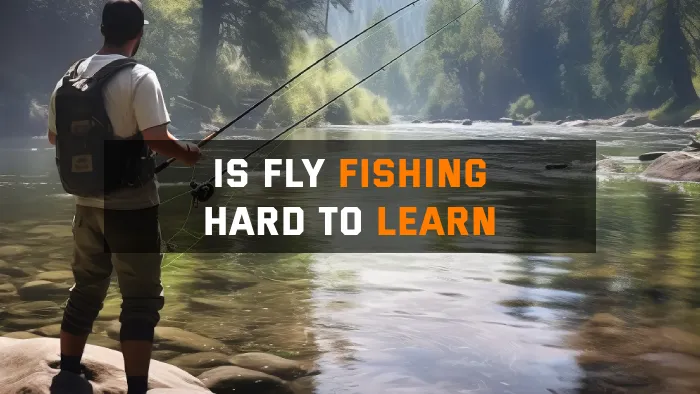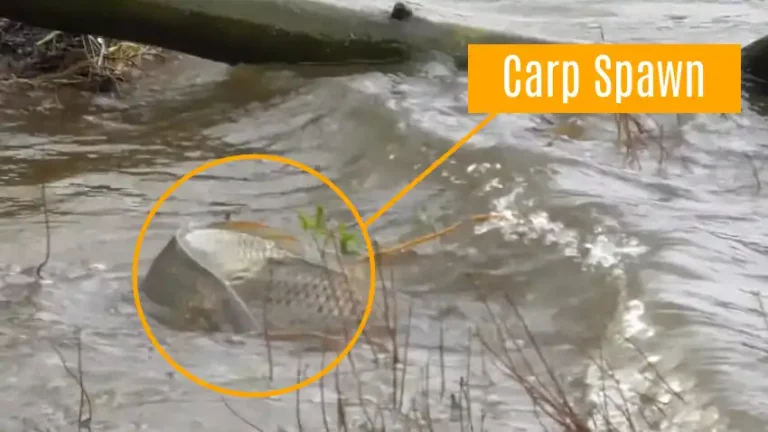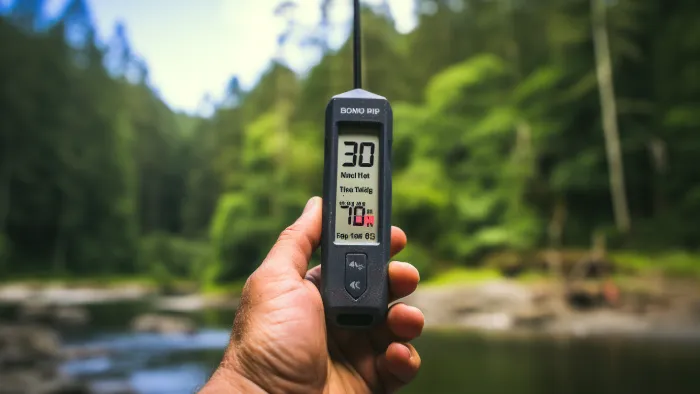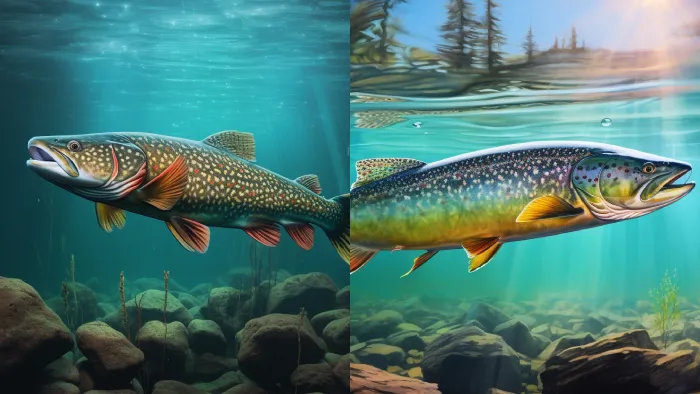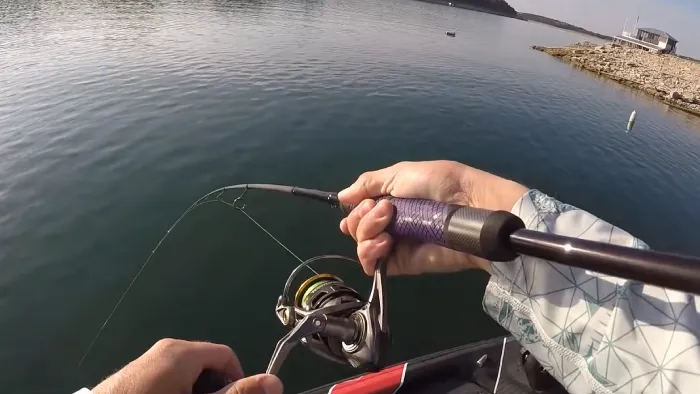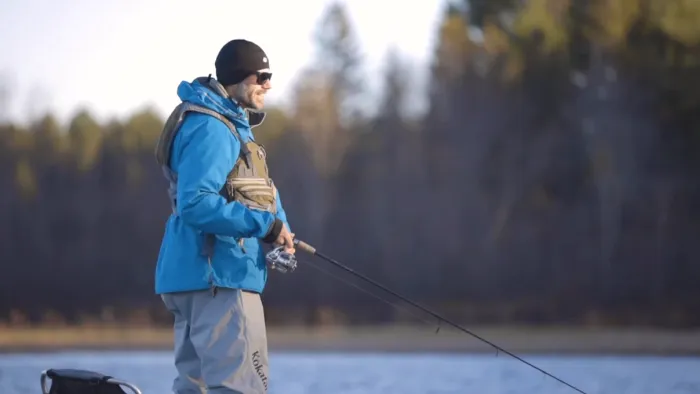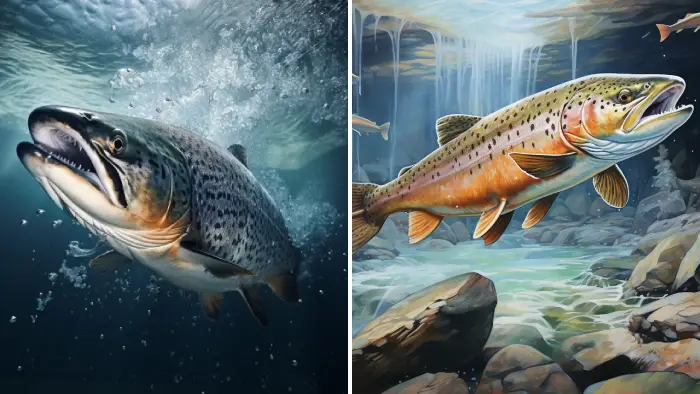Is Fly Fishing Hard to Learn: Get the Actual Answer
Have you ever wondered if fly fishing is hard to learn? Well, it may seem challenging at first, but you’ll get the hang of it with practice. The process of learning about fly fishing involves a variety of new terms and different gear than traditional fishing.
The art of casting in fly fishing is also quite different, requiring unique skills. However, as you gain experience and become familiar with the techniques, it becomes easier. Understanding the basics of fly fishing, such as choosing the right fly and reading the water, will greatly enhance your success.
With time and dedication, you’ll learn to appreciate the nuances of fly fishing and be rewarded with the satisfaction of landing that perfect catch. You should understand the following essential things when learning about fly fishing.
A Beginner’s Guide to Learning Fly Fishing: 10 Things You Should Know About
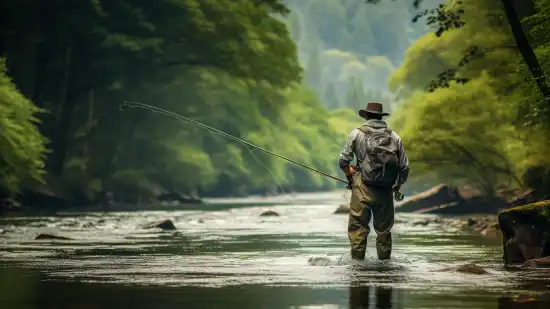
When learning fly fishing, there are several key points that you should keep in mind at the beginning:
- Ensure your safety first
- Know about fly fishing equipment
- Get ideas about fly fishing knots
- Persistence with dry fly fishing
- Learn about flies and rigs selection
- Get the right fly-casting techniques
- Try to read the fishing spot
- Responsible for catch and release
- Know about handling fish
- Learning where to fish
Let’s discuss these in detail:
1. Ensure Your Safety First
While not inherently dangerous, fly fishing presents some safety concerns. Wear the right footwear and dress in layers to regulate your body temperature while fly fishing. Safety should always be your top priority when engaging in this activity. Here are some important points to consider:
- Footwear: Opt for sturdy, non-slip shoes or boots for good traction on wet and slippery surfaces. This will help prevent any accidents or falls while navigating the river bottoms.
- Dressing in layers: The weather can change suddenly, so dress appropriately. Layering allows you to adjust your clothing to stay comfortable and avoid overheating or getting too cold.
- Hydration and communication: Stay hydrated by bringing enough water with you. Also, inform someone about your fishing plans, including where you’ll be and when you expect to return. This way, help can be sent your way quickly if anything goes wrong.
2. Know About Fly Fishing Equipment
Having the right equipment is crucial for a successful and enjoyable experience when fly fishing. Get acquainted with all the gear for fly fishing, from rods and reels to lines, leaders, tippets, tools, flies, clothing, and accessories.
A good fly fishing rod is the foundation of your gear. Choose a rod that suits your fishing style and the type of water you’ll be fishing in. Pair it with a reel that has a smooth drag system for controlling the line.
Lines, leaders, and tippets are important for casting and presenting the fly to the fish. Make sure to have a variety of flies that mimic the insects found in the water you’ll be fishing.
3. Get Ideas about Fly Fishing Knots
Learning how to tie different knots for connecting various components of the fishing setup is highlighted as a crucial skill. You’ll find plenty of online resources and videos to learn different knot-tying techniques for fly fishing, or you can take help from an expert.
These resources can help you understand the knots used in fly fishing and how to tie them correctly. Here are three key things to keep in mind when learning about fly fishing knots:
- Importance of Knots: Knots are essential in fly fishing as they connect different components of your fishing setup, such as the fly line, leader, and tippet. Choosing the right knot for each connection ensures strength and reliability.
- Different Knots for Different Purposes: There are specific knots for different purposes in fly fishing. For example, the Handshake Knot is great for connecting the leader to the fly line, while the Surgeon’s Knot is commonly used to join two lines of similar diameter.
4. Persistence with Dry Fly Fishing
Don’t give up on dry fly fishing if you struggle to get strikes. While it may be frustrating initially, mastering the art of setting the hook correctly takes practice.
When a fish rises to your dry fly, and you see that subtle sip, it can be tempting to strike immediately. However, wait a split second before setting the hook. This delay allows the fish to fully take the fly into its mouth, increasing your chances of a solid hookset.
5. Learn About Flies and Rigs Selection
Understanding which flies and rigs to use can greatly enhance your fishing experience. Selecting the right combination increases your chances of attracting the fish you’re targeting. Here are some key points to consider when choosing your flies and rigs:
- Match the Hatch: Pay attention to the insects in the water and try to imitate their size, shape, and color with your fly selection. This will make your presentation more realistic and enticing.
- Consider Water Conditions: Different water conditions require different approaches. Using weighted nymphs or streamers in fast-flowing rivers can be effective, while in calm lakes, delicate dry flies might be more suitable.
- Understand Fish Behavior: Learn about the feeding habits and preferences of your target fish species. This knowledge will help you select flies and rigs that closely resemble their natural prey, increasing your chances of success.
6. Get the Right Fly Casting Techniques
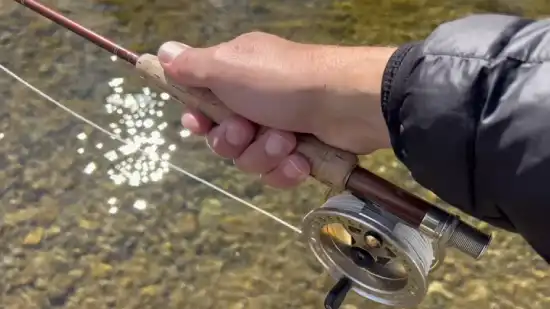
Unlike traditional spin casting, fly casting requires a different approach. It involves the angler propelling the fly by the weight of the line rather than relying on the weight of the lure.
To improve your casting, it is recommended to practice under the guidance of an instructor who can provide valuable feedback and help correct any mistakes. Also, demonstration videos can give you visual cues and tips on proper casting techniques.
7. Try to Read the Fishing Spot
You can develop the skill of reading the water and gain a deeper appreciation for rivers by learning to identify areas where fish are likely to congregate and feed. By understanding the river’s dynamics and the fish’s behavior, you can significantly improve your chances of a successful fly fishing experience.
8. Responsible for Catch and Release
When practicing catch and release, handle the fish gently and use barbless hooks to ensure their survival after release. Barbless hooks are designed to make it easier for fish to shake free, minimizing injury and increasing their chances of survival.
Also, minimizing handling time is crucial. The longer a fish is out of the water, the more stressed and exhausted it becomes, making it less likely to survive after release. Wetting your hands before handling the fish is important to minimize damage to their delicate scales and protective slime layer.
9. Know about Handling Fish
Properly handling and releasing fish after catching them is emphasized as a responsibility for ethical and sustainable fishing. Remember to wet your hands before touching fish to minimize damage to their protective slime layer.
This layer helps prevent infections and diseases. Also, avoid squeezing or gripping the fish too tightly, which can cause internal injuries. Instead, support the fish’s body with your hands and gently cradle it.
10. Learning Where to Fish
To find productive fishing locations, utilizing maps, fishing guides, and online resources is helpful. Maps are a great starting point as they provide a bird’s eye view of the area, showing rivers, lakes, and potential fishing spots.
Fishing guides can also offer valuable insights and recommendations based on their expertise and local knowledge. They can point you in the right direction and provide information on the best times to fish, specific fly patterns, and any regulations or restrictions in the area.
Is fly fishing harder than normal fishing?
Fly fishing may seem harder than regular fishing at first, but once you get the hang of it, you’ll enjoy the challenge and the satisfaction of catching fish in a new way.
The main difference between fly fishing and normal fishing lies in the equipment and technique. While regular fishing uses a weighted lure or bait to attract fish, fly fishing requires a delicate presentation of an artificial fly that mimics insects on the water’s surface.
You must learn to cast the line specifically to achieve a natural drift. Alos, fly fishing often involves wading in rivers, which requires balance and careful navigation.
How long does it take to learn fly fishing?
Learning fly fishing can typically be achieved in a month or less, especially with the guidance of an experienced angler. With its specialized gear and intricate casting technique, fly fishing may seem daunting at first. However, you can quickly become proficient in this art form with practice and proper instruction.
The key is to start with the basics, such as understanding the different types of flies and how to tie them. Next, you’ll need to learn the proper casting technique, which involves using the weight of the line to propel the fly. This can be mastered through repetitive practice and feedback from an experienced angler.
Once you have these foundational skills, you can start honing your technique and exploring different fishing spots. With dedication and perseverance, you’ll be able to enjoy the serenity and excitement of fly fishing in no time.
What is the best age to start fly fishing?
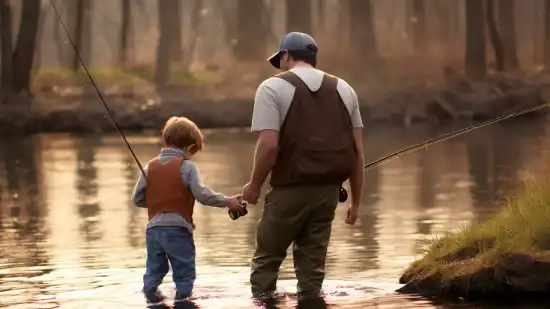
If you’re wondering when it’s best to start, the ideal age for kids to begin fly fishing is typically between eight and ten years old.
At this age, children have developed the necessary attention span and patience to engage in the activity seriously. Starting at this age allows them to learn the fundamental skills and techniques required for successful fly fishing.
Here are a few reasons why starting between eight and ten is advantageous:
- Physical development: By this age, kids have developed the coordination and motor skills necessary to handle a fly rod effectively.
- Cognitive development: Children at this age have a better understanding of the concepts involved in fly fishing, such as casting, reading the water, and identifying different types of fish.
Is fly fishing an expensive hobby?
Starting fly fishing can be costly; however, it does not have to be prohibitively expensive. While it’s true that top-of-the-line equipment can be expensive, there are plenty of affordable options available for beginners.
For around $200, you can get a basic introductory gear set with a rod, reel, line, and a dozen flies. If you want to add more gear like waders with boots, dry fly floatant, and a net, the cost can reach about $400 or $500.
Remember that you don’t need all of these accessories to get started. You can gradually build your collection over time, starting with the essentials and adding on as you become more experienced and passionate about the sport.
Why is fly fishing so addictive?
One of the reasons fly fishing is so addictive is the sense of tranquility and connection with nature that it provides. When you step into the serene waters, surrounded by the beauty of the outdoors, you can’t help but feel a deep sense of peace wash over you.
The rhythmic casting of the line and the gentle dance of the fly on the water create a meditative experience, freeing your mind from the stress of daily life. Also, fly fishing allows you to unplug from technology and immerse yourself in the present moment, fostering a heightened awareness of your surroundings.
Master the Art of Fly Fishing with Patience and Precision
Fly fishing may initially seem challenging, but with time and practice, you can master this art form. Remember the adage ‘practice makes perfect.’
The art of fly fishing requires patience, precision, and a deep understanding of the water and its inhabitants. As you become familiar with the techniques and develop your skills, the joy and satisfaction you’ll experience will be worth the effort.
So grab your rod, tie on a fly, and immerse yourself in the tranquil beauty of nature while chasing the elusive catch. Happy fly fishing.

